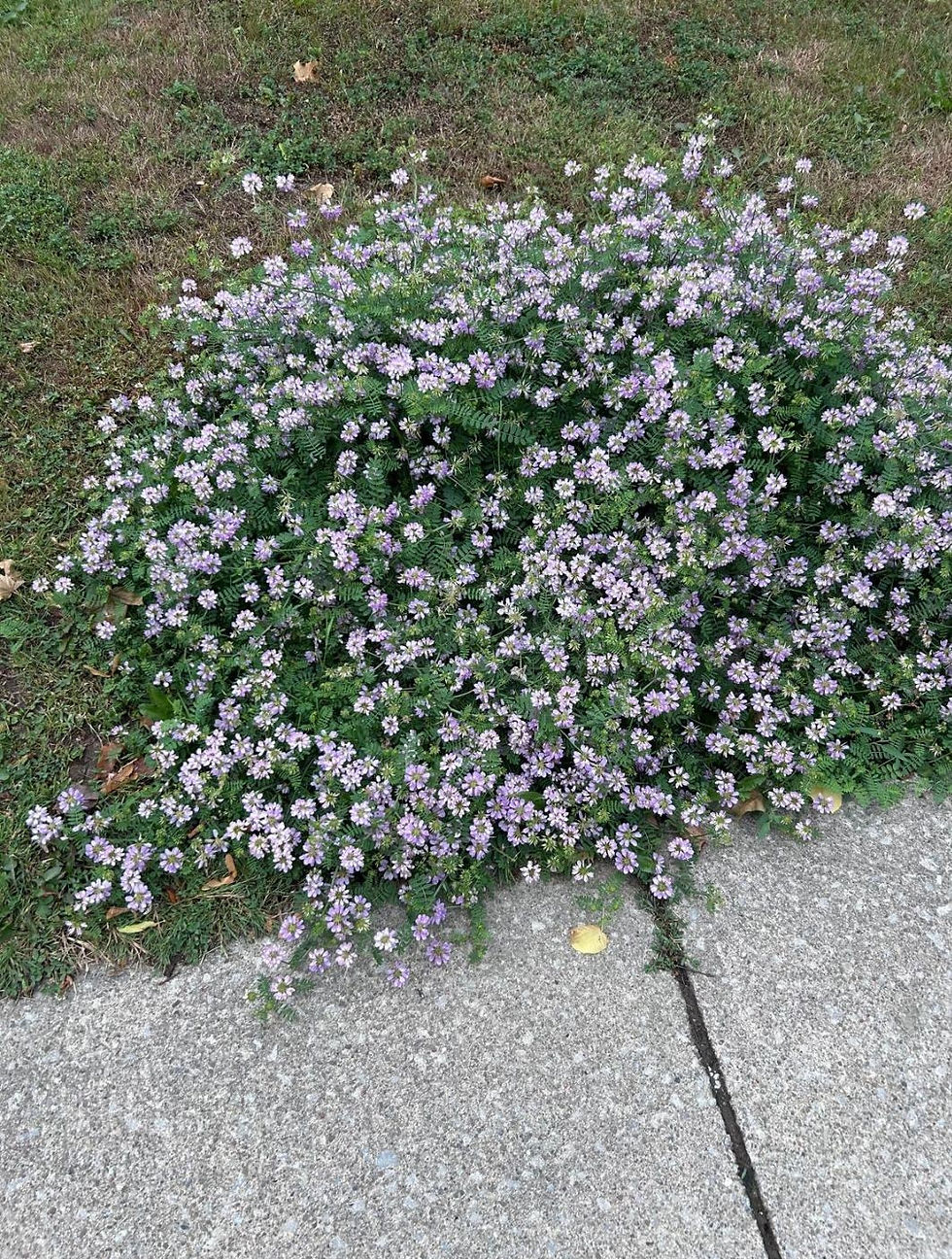Why a Solid Spiritual Backbone May Be the Key to Keeping Up With the World of AI
- Brainz Magazine

- Aug 14, 2025
- 6 min read
Written by Adina Andronic, Shamanic Practitioner
Ara is a seasoned shamanic practitioner with over 15 years of experience in the field of spiritual healing and transformation. Ara was formally initiated into shamanic practice by Daniel Leonard and has since trained with some of the most respected teachers in the field, including Sandra Ingerman, Marcela Lobos, and Alberto Villoldo.

As artificial intelligence continues to reshape our world, accelerating productivity, transforming industries, and even influencing how we think and interact, it’s easy to feel overwhelmed, disconnected, or even displaced. In this rapidly evolving landscape, a strong spiritual foundation can serve as an anchor, helping us stay grounded, intentional, and human.

What shamanic practice has taught me
This world is full of distractions, and with the rise of AI, those distractions are only intensifying. But no matter how far we stray, our souls will keep calling us back to who we truly are. It whispers, nudges, and sometimes shouts, until we finally listen and begin to learn the lessons we came here to embody.
Heal yourself, heal the world
We live in a world of constant stimulation, bombarded by promises of happiness and success. But when life brings challenges, we need more than surface-level solutions; we need resilience. We must learn to stay rooted in our core and navigate transitions with grace and strength.
Our planet, too, is undergoing profound transformation. It is suffering under the weight of our lifestyles. Yet, how many of us are truly ready to say no to the degradation of our own lives and the Earth?
Healing begins within. When we heal ourselves, we contribute to the healing of the world. This requires regular self-reflection and connection through spiritual practices. There are many paths, and each one offers a doorway back to our essence.
Each of us has a unique door to spiritual practice
My door opened 15 years ago when I discovered shamanic healing with one of the most ethical, compassionate, and authentic teachers I’ve ever met.
But the journey began earlier, during a trip to India. There, I met a fellow traveler who shared how rebirth breathing sessions helped her connect beyond time and space with her late brother and how those sessions supported her family in coping with chronic illness.
Later, facing a challenging professional period, I turned to alternative healing methods, rebirth breathing, Reiki, and sophrology. For the first time, I found myself navigating adversity with a level of focus and composure I had never known.
The practitioner guiding me shared her own experience with shamanic journeying, describing vivid visions of past lives. Her story planted a seed.
Years later, after moving from Europe to Canada, I came across an advertisement for a one-year shamanic practitioner program. I registered, even though I was still uncertain about my job prospects. That decision marked the beginning of a new chapter.
Since then, I’ve experienced countless synchronicities and signs of compassionate support from the universe, encouraging me to share my healing gifts with the world.
In a world driven by the pursuit of performance, we compare and qualify
From an early age, we learn by imitating. Comparison becomes second nature, first as a tool for learning, then as a measure of worth. In a world obsessed with performance, we are constantly evaluating ourselves and others, striving to meet standards that often have little to do with our true essence.
But on the spiritual path, the journey is inward. It’s about peeling back the layers of conditioning, those inherited from our culture, childhood, family, ancestry, and even past lives. It’s about reclaiming our unique voice and gifts.
Let’s take the example of weeds. Against all odds, they grow through the tiniest cracks in the pavement, reaching for the sun with quiet determination. In contrast, we humans often do the opposite. We receive the sacred gift of a child, a new life, and then place it into the “school of life,” where we begin to suppress its natural expressions: kindness, sincerity, and the freedom to laugh and cry with a full heart.
As adults, we are called to journey back, to dig deep into the most hidden parts of ourselves in search of that original spark, the essence we arrived with. For some, this journey takes a lifetime. For others, many lifetimes. But the call is always there: to re-member who we truly are.
The only power we truly have is the one to create
This is the divine universe’s statement of hope for us, human beings. No matter what we’ve been told, what we believe, or what we fear, we always hold the power to create our own dream, our own life, independent of others’ expectations, stories, or dreams.
This truth was difficult for me to grasp. Like many, I used to think in terms of the physical world: I want this house, this career, this car. But that’s the mistake, we think in terms of the finite, while our real power lies in creating infinite possibilities.
In our logical, rational culture, we’ve been disempowered. We’ve forgotten what we’re capable of. We’ve been taught to go to the “school of life,” but rarely to the school of our Being, a place of regular connection with the spiritual world, the language of the soul, the realm of our true essence.
In my own spiritual practice, I’ve often admired others who seemed to possess great spiritual power. I thought they must be gifted, special. But over time, I realized the difference wasn’t in their essence; it was in their willingness to ask, to invite that power back, and to maintain a regular practice of conscious dreaming.
Not the kind of dreaming we do unconsciously, driven by our subconscious patterns, but lucid dreaming—intentional, heart-centered creation.
So, how to “dream” “consciously”?
Today, I went for a walk in the hot summer sun. The wind began to blow gently, offering a refreshing breeze. I paused to express gratitude for this gift. At that moment, I was reflecting on a personal pattern I’ve been working through. I connected my heart and energy with the wind and asked it to guide me toward a new situation, something different from the cycle I’ve been in for years.
A few hours later, I opened Instagram and felt drawn to listen to someone I follow but rarely engage with. Their message was the exact insight I needed, an answer to the question I had asked the wind.
This is the magic of conscious dreaming. But to experience it, we must quiet the noise, make space for ourselves, and listen deeply.
If my personal tribulations haven't convinced you, here's what AI says
In a world that often measures power through control, dominance, or accumulation, the deepest and most authentic form of power lies in our ability to create.
To create is to bring something into existence that did not exist before: a thought, a feeling, a connection, a piece of art, a solution, a healing space. Creation is the expression of our soul, our essence, our unique imprint on the world.
This power is not limited to artists or inventors. Every choice we make, every word we speak, and every act of kindness or courage is a form of creation. We shape reality through our intentions, our energy, and our actions.
In the age of AI, where machines can replicate tasks, generate content, and simulate intelligence, our human gift of conscious creation becomes even more vital. AI can assist, but it cannot replace the soul’s impulse to create from love, intuition, and lived experience.
To create is to reclaim our sovereignty. It is to say: I am here, I matter, and I choose to shape the world with my presence.
1. Spirituality grounds us in meaning
AI thrives on data, logic, and efficiency. But human life is rooted in meaning, purpose, and connection. A spiritual practice helps us remember why we do what we do and who we are beyond our roles, achievements, or digital presence.
2. It builds inner resilience
The pace of technological change can be destabilizing. Spiritual practices, whether meditation, shamanic journeying, prayer, or breathwork, cultivate inner strength and emotional regulation. They help us navigate uncertainty with grace and clarity.
3. It encourages ethical awareness
AI raises complex ethical questions about privacy, bias, autonomy, and more. A spiritual backbone encourages us to approach these issues with compassion, integrity, and a sense of responsibility to the collective.
4. It keeps us connected to nature and the sacred
As AI becomes more integrated into our lives, there’s a risk of losing touch with the natural world and the rhythms of life. Spirituality reminds us of our connection to the Earth, to cycles, and to forces beyond the digital realm.
5. It helps us discern what’s real
In a world of deepfakes, algorithmic manipulation, and virtual realities, spiritual practice sharpens our intuition and discernment. It helps us recognize truth, not just factual truth, but emotional and spiritual truth.
6. It supports collective healing
AI can amplify division or foster unity, depending on how we use it. A spiritually grounded person is more likely to use technology in ways that promote healing, inclusion, and shared growth.
Read more from Adina Andronic
Adina Andronic, Shamanic Practitioner
Ara's journey into shamanic practice began with a transformative trip to India in 2010. This experience sparked a profound personal growth journey, during which she discovered the lasting and deeply transformative impact of spiritual practices. Immersing herself in ancient traditions and healing modalities, Ara gradually embraced shamanism as a path to inner wisdom, connection, and holistic healing. Through her studies and practice, she has cultivated a rich understanding of energy medicine, soul retrieval, ancestral healing, and nature-based wisdom traditions.


.jpg)






